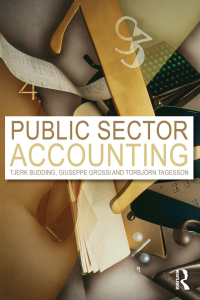Question
3-4 Breakeven Sensitivity Analysis The Clayton Manufacturing Company is considering an investment in a new automated inventory system for its warehouse that will provide cash
3-4 Breakeven Sensitivity Analysis The Clayton Manufacturing Company is considering an investment in a new automated inventory system for its warehouse that will provide cash savings to the firm over the next five years. The firms CFO anticipates additional earnings before interest, taxes, depreciation, and amortization (EBITDA)18 from cost savings equal to $200,000 for the first year of operation of the center; over the next four years, the firm estimates that this amount will grow at a rate of 5% per year. The system will require an initial investment of $800,000 that will be depreciated over a five-year period using straight-line depreciation of $160,000 per year and a zero estimated salvage value.
18 EBITDA is a widely used measure of firm earnings that we will encounter many times throughout the balance of the text. It is simply earnings before interest and taxes (EBIT), plus depreciation and amortization expense.
Calculate the projects annual free cash flow (FCF) for each of the next five years, where the firms tax rate is 35%.
If the cost of capital for the project is 12%, what is the projected NPV for the investment?
What is the minimum year 1 dollar savings (i.e., EBITDA) required to produce a breakeven NPV = 0?
3-5 Project Risk AnalysisSensitivity Analysis Refer to the HMG example found in Problem 2-11 (page 52) and answer the following questions:
What are the key sources of risk that you see in this project?
Use the Goal Seek function in Excel to find the breakeven values (i.e., values that force the project NPV to equal zero) for each of the following variables: the initial CAPEX, the working capital percentage of revenue growth, variable cost percentage of sales, and sales volume. (Hint: Scale the sales volume for all five years up and down by the same percentage.)
Which of the variables analyzed in Problem 3-5(b) do you think is the greatest source of concern? What, if anything, could you do to reduce the risk of the project?
Should you always seek to reduce project risk?
Step by Step Solution
There are 3 Steps involved in it
Step: 1

Get Instant Access to Expert-Tailored Solutions
See step-by-step solutions with expert insights and AI powered tools for academic success
Step: 2

Step: 3

Ace Your Homework with AI
Get the answers you need in no time with our AI-driven, step-by-step assistance
Get Started


